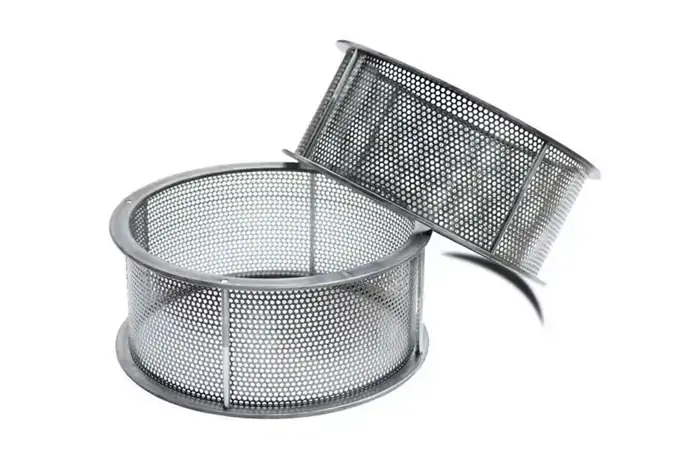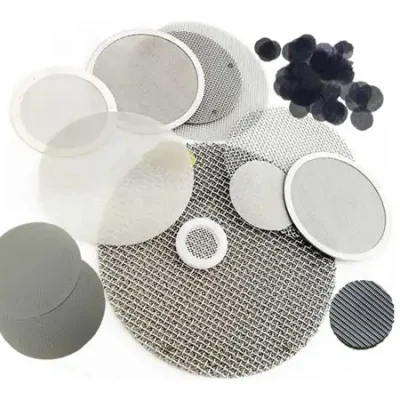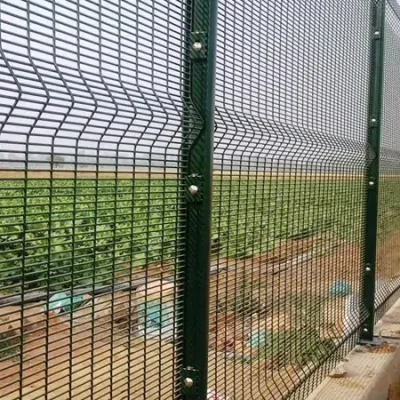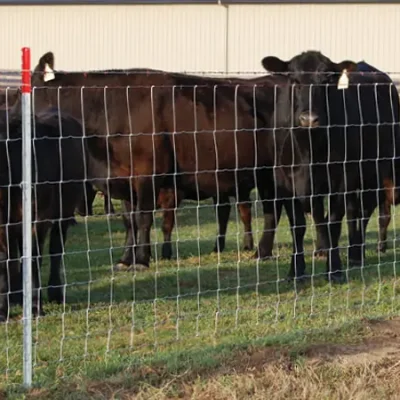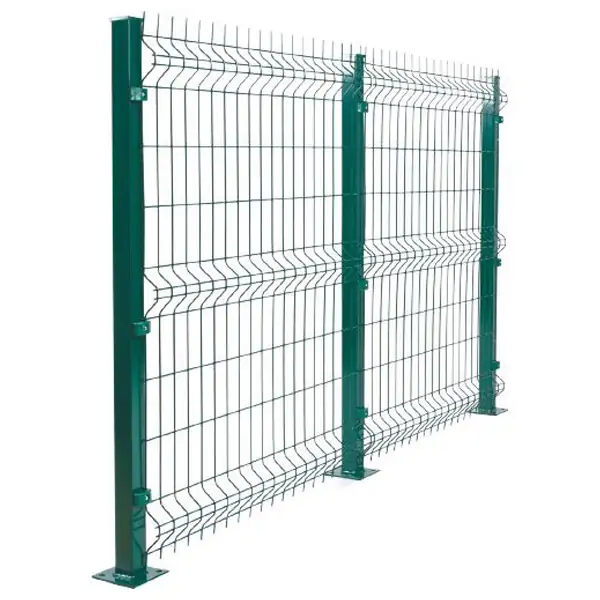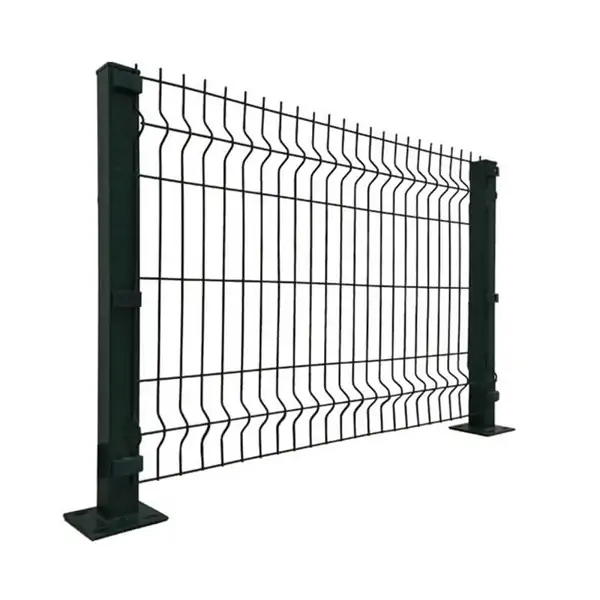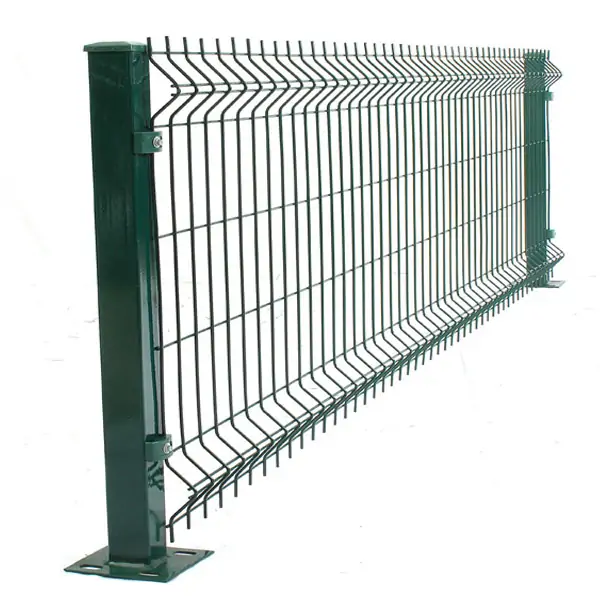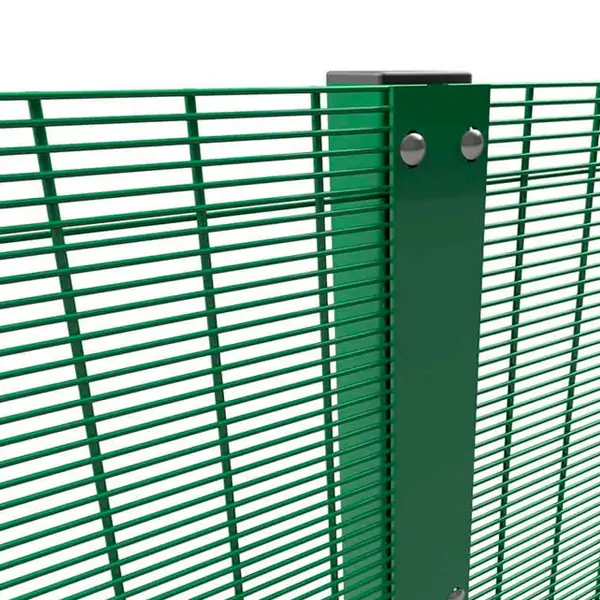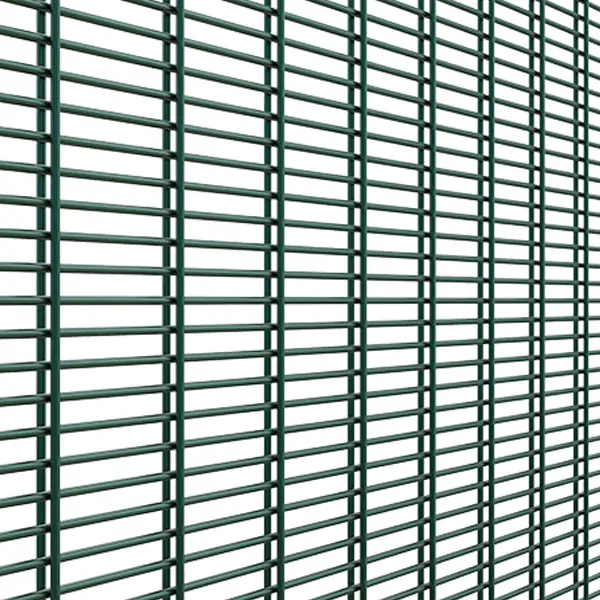Grain filter screens play a crucial role in modern agriculture, ensuring the purity and quality of harvested grains. These screens are vital in separating unwanted materials, such as debris, dust, and smaller particles, from the valuable crop. Over the years, technological advancements have continually improved the efficiency, durability, and sustainability of these screens. As we move through 2024, several new innovations are poised to revolutionize the industry, offering farmers and grain processors enhanced performance and greater control over the quality of their output. This article explores the latest developments in grain filter screens, highlighting the key innovations that are making an impact this year.
1.Advances in Material Science
One of the most important areas of innovation in 2024 is the development of new materials for grain screens. Traditional screens are typically made of metals such as stainless steel or synthetic materials such as nylon. However, while these materials are effective, they are limited in other ways.
This year, researchers have introduced stronger and more durable materials that extend the lifespan of the screens, reducing the frequency of replacements and lowering costs over time. For instance, new composite materials combining metal and high-strength polymers have been developed, offering superior resistance to wear and tear. Additionally, biodegradable and eco-friendly materials have entered the market, addressing growing concerns about environmental sustainability. These new materials not only perform well but also decompose naturally over time, reducing waste and the environmental footprint of agricultural operations.
2.Enhanced Filtration Efficiency
Another key area of innovation is the efficiency of filtration. In 2024, advances in mesh design and structure have significantly improved the ability of grain filter screens to separate even the smallest particles from the crop. One of the standout developments is the integration of nanotechnology into the filtration process.
Nanotechnology allows for the creation of ultra-fine meshes that can filter out microscopic impurities without compromising the flow rate of the grain. These high-precision screens are particularly beneficial for crops like wheat and barley, where purity is paramount. The result is a higher yield of usable grain and a better-quality product, which is crucial for meeting the stringent standards of food production and export markets.
Case studies from leading agricultural regions have shown that these new screens can increase yield quality by as much as 20%, offering a significant return on investment for farmers and processors.
3.Smart Filter Screens
The digital revolution has reached the world of grain filter screens in the form of smart technologies. In 2024, the integration of the Internet of Things (IoT) into filter screens is transforming how they are monitored and maintained. Smart filter screens are equipped with sensors that provide real-time data on the condition of the screen, including metrics such as clogging levels, wear and tear, and overall performance.
These sensors can alert operators to potential issues before they become critical, allowing for proactive maintenance and reducing downtime. Additionally, some of these smart screens are connected to automated cleaning systems that can initiate a cleaning cycle when sensors detect a reduction in efficiency, ensuring that the screens are always operating at peak performance.
Automation is also extending to the replacement of worn-out screens, with some systems capable of automatically replacing a damaged screen with a new one from a built-in inventory. This not only enhances efficiency but also reduces the need for manual intervention, saving time and labor costs.
4.Customization and Modular Designs
As agricultural operations become more specialized, the need for customizable and modular grain screening screens is growing. In 2024, manufacturers will offer screens tailored to the specific needs of different types of grains, from small seeds to large grains. These custom screens ensure that each grain is screened with optimal precision, reducing waste and improving overall quality.
Modular designs are another major innovation, allowing components of the filter screen to be easily replaced or upgraded. For instance, if a particular section of the screen becomes damaged, it can be swapped out without replacing the entire unit. This modular approach not only extends the lifespan of the equipment but also reduces costs associated with repairs and upgrades.
The benefits of customization and modularity are particularly evident in diverse agricultural environments, where different crops may require different filtering solutions. Farmers can now invest in filter screens that are perfectly suited to their specific needs, ensuring maximum efficiency and effectiveness.
5.Sustainability and Energy Efficiency
Sustainability has become a central focus in all areas of agriculture, and grain filter screens are no exception. In 2024, several innovations have emerged that reduce the energy consumption of these systems, making them more environmentally friendly and cost-effective.
Thanks to continuous improvement, new screen designs require less energy to operate, resulting in less friction. Additionally, some screens are made from recyclable materials, allowing for a second use at the end of their useful life. This not only reduces the environmental impact of grain filtration, but also fits in with the broader industry trend toward green practices.
Moreover, the integration of smart technology into filter screens also contributes to energy efficiency. Automated systems that optimize the cleaning and maintenance of screens ensure that energy is only used when necessary, further reducing the overall consumption.
6.Industry Adoption and Case Studies
The adoption of these new technologies is gaining momentum across the agricultural industry. Major players are increasingly integrating these innovations into their operations, recognizing the benefits in terms of efficiency, quality, and sustainability.
For example, several large-scale farms in North America and Europe have implemented smart filter screens with real-time monitoring capabilities. These farms report significant reductions in downtime and maintenance costs, along with improvements in grain quality. In Asia, where rice production is a key industry, the use of advanced filtration screens has led to a noticeable increase in yield and a reduction in waste, contributing to higher profitability.
Feedback from farmers and industry experts highlights the positive impact of these new technologies. Many report that the initial investment in these advanced screens is quickly recouped through savings in maintenance and increases in productivity.
7.Future Trends and Predictions
Looking ahead, the future of grain filter screens is bright, with several emerging trends poised to further enhance their capabilities. One area of potential growth is the continued development of even more sophisticated smart technologies, with the possibility of fully autonomous filtration systems that require minimal human intervention.
Additionally, as environmental controls become more stringent, the need for energy-efficient, low-carbon solutions is likely to grow. Manufacturers will need to continue to develop new materials and designs to meet these demands.
By 2030, we can expect grain filters to become more integrated into the overall agricultural ecosystem, working seamlessly with other smart farming technologies to optimize all aspects of crop production.
Conclusion
The advancement of grain screening technology in 2024 marks a significant milestone for farmers and processors. These cutting-edge screens offer enhanced capabilities, empowering the agricultural industry to boost productivity and product quality. By adopting these innovations, agriculture is set to become more efficient, sustainable, and environmentally conscious, paving the way for a brighter future.

